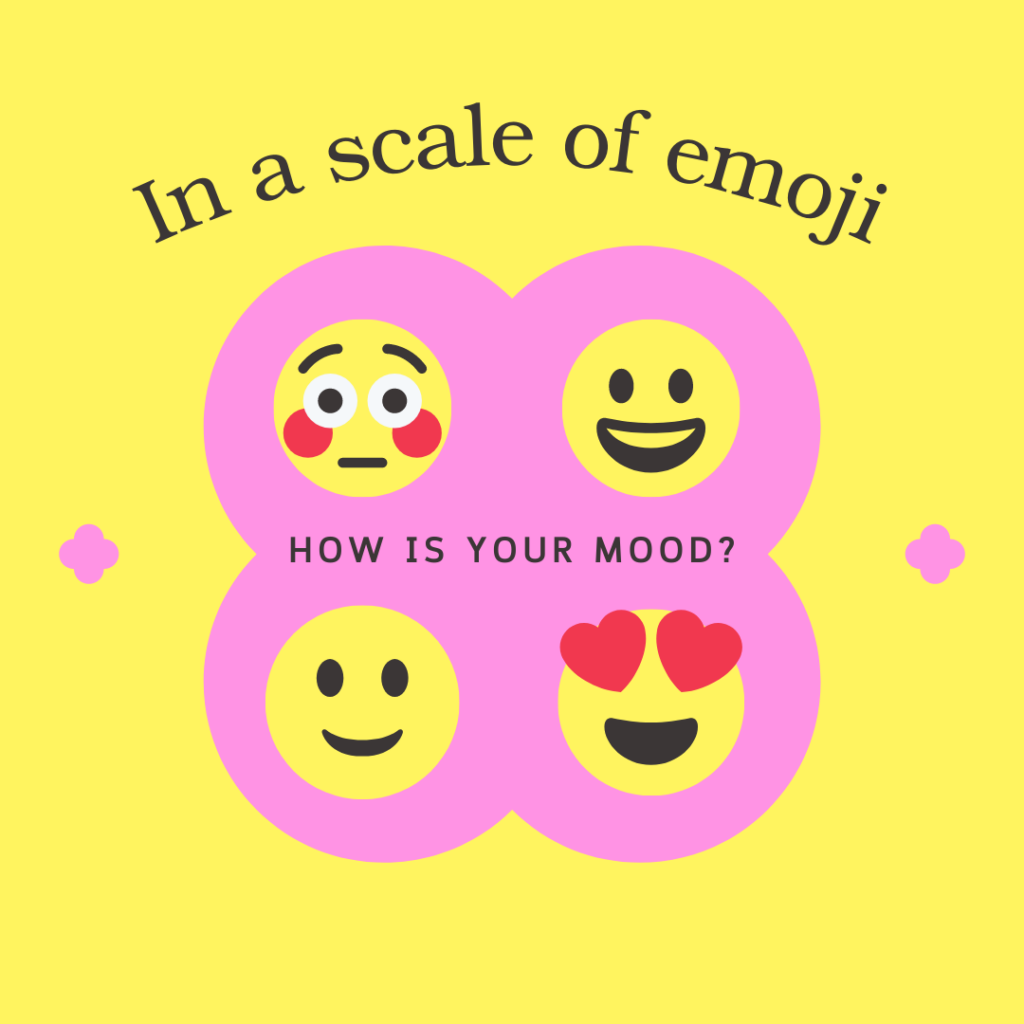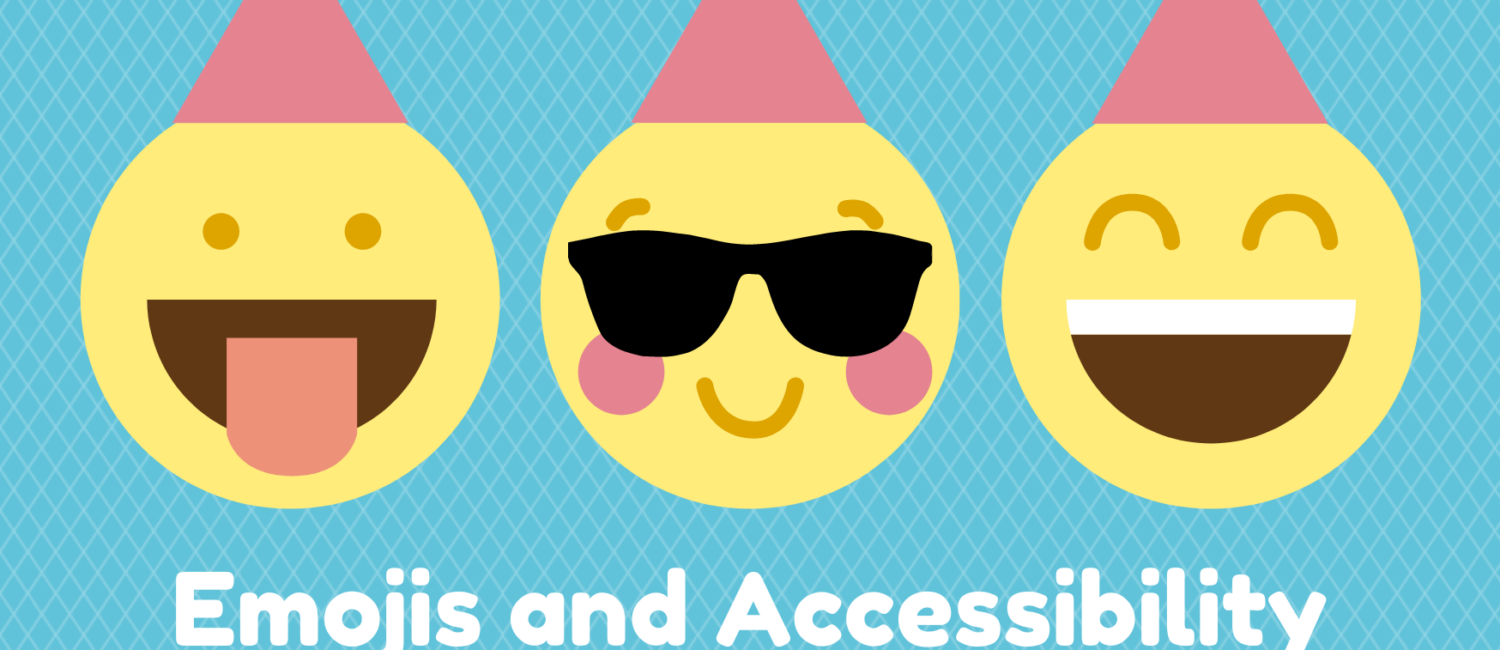Emojis and accessibility intersect in profound ways. These pictorial symbols may inadvertently exclude individuals with visual impairments, cognitive disabilities, or those relying on assistive technologies. However, amidst the colorful array of smiley faces, animals, and objects, a critical consideration often goes overlooked: accessibility.
Emojis have become an integral part of modern communication. That’s why they allow individuals to express emotions, convey ideas, and add a touch of personal flair to their messages.
Naturally, in this era of inclusive design and digital equality, it is imperative to explore how emojis are more accessible. And ensure that everyone can participate fully in the vibrant world of online expression.
Emojis and accessibility: Significant barriers

The visual nature of emojis poses a significant challenge for individuals with visual impairments. Because sighted users can quickly decipher the meaning behind a smiling face or a thumbs-up symbol. On the other hand, those relying on screen readers or alternative input devices may miss out on the intended message.
Normally, emojis as images cannot be effectively conveyed through traditional text-to-speech conversion. This limitation restricts accessibility and can lead to a loss of context, causing confusion or misinterpretation of the message.
Therefore, finding innovative solutions to bridge the gap between emojis and accessibility becomes crucial to fostering inclusivity in digital communication.
Designers and developers can work towards creating more inclusive and universal emojis by understanding the needs of diverse users. Further, accessible emojis ensure equal participation for everyone, regardless of their abilities.
Importance of accessibility in social media
Accessibility in social media plays a vital role in fostering inclusivity and ensuring equal participation for individuals with disabilities. Social media platforms exert a pervasive influence by connecting people from diverse backgrounds. Therefore, emphasizing the importance of recognizing these digital spaces as more than just content-sharing platforms.
Moreover, embracing accessibility in social media enhances the user experience for all individuals. Because intuitive interfaces and adaptable designs benefit not only those with disabilities but also older adults. And individuals with temporary impairments, or those in situations where audio or visual content may not be accessible.
Do’s and Don’ts on Emojis and Accessibility
Do’s on Emojis and Accessibility
Use emojis to enhance and clarify your message
Emojis can add emotional nuance and clarity to your social media posts. They can help convey tone, humor, or enthusiasm in a concise and engaging way. Use them strategically to complement your text and ensure your message reaches the right audience.
Consider cultural and contextual appropriateness
Emojis can have different meanings and interpretations across cultures. Additionally, be mindful of the cultural context and ensure that the emojis you use align with the intended message. Avoid using emojis that may be offensive, disrespectful, or inappropriate in certain cultural or social contexts.
Make emojis inclusive and diverse
Embrace the diversity of emojis available and choose symbols that represent a wide range of identities and experiences. Hence if you incorporate cultural symbols it ensures your communication is inclusive and reflects the diversity of your audience.
Test the accessibility of your emojis
Consider individuals with visual impairments or other disabilities before sharing a post that is heavy on emojis. Ensure the emojis you use are accessible to everyone by including alternative text descriptions. And avoid over-reliance on emojis as the sole means of conveying important information.
Use emojis sparingly and appropriately
While emojis can enhance communication, overusing them can detract from your message and make it difficult to read. Strike a balance by using emojis judiciously, placing emphasis on key points or adding a touch of personality, but avoiding excessive or repetitive use that may distract or confuse your audience.
Don’ts on Emojis and accessibility
Don’t rely solely on emojis
Emojis should complement your text, not replace it entirely. Avoid using a string of emojis without any accompanying text, as it can be challenging for others to understand your message accurately. Ensure your posts contain meaningful and clear text alongside emojis to provide context and clarity.
Don’t use ambiguous or obscure emojis
To ensure universal understanding, avoid using obscure or rarely used symbols in your emojis that may confuse your audience. Stick to commonly recognized emojis to ensure that your message is clear and easily comprehensible.
Don’t use emojis to mask offensive or harmful content
You must not use emojis to conceal or excuse offensive or harmful language or content. Avoid using emojis to hide inappropriate comments or derogatory statements. It’s essential to maintain respectful and inclusive communication in all your social media interactions.
Don’t assume everyone understands the same meanings
Emojis can have varying interpretations, and not everyone may understand them in the same way. Be cautious about assuming that everyone shares the same understanding of certain emojis. Consider the possibility of misinterpretation and provide additional context if needed to avoid confusion or misunderstandings.
Don’t overlook the impact of emojis in professional settings
While emojis is common in social media, it’s important to consider their use in professional or formal settings. Further, assess the tone and context of the communication before incorporating emojis. Since they may not always be suitable in a business or academic environment.
4 tips to make emojis more accessible
Provide alternative text descriptions
Include descriptive alt-text for emojis to ensure that individuals using screen readers or assistive technologies can understand their meaning. Alt-text should be concise, clear, and provide enough context to convey the intended emotion or concept of the emoji.
Use high-contrast and recognizable designs
Select emojis with clear, well-defined shapes and high contrast between the symbol and the background. This helps individuals with visual impairments or color blindness distinguish and identify the emojis more easily. Avoid using emojis with intricate details or subtle color differentiations that may be challenging to perceive.
Support keyboard navigation and input
Make sure to enable keyboard navigation for accessing and selecting emojis. This is particularly important for individuals who rely on alternative input devices or have motor disabilities.
Further, implement accessible mechanisms such as tab navigation, keyboard shortcuts, or specific input commands. This enables users to navigate and select emojis without solely relying on mouse or touch interactions.
Consider animated alternatives
Static emojis, they may not offer the same level of expression and engagement for individuals with visual impairments. For this reason, provide animated alternatives, such as animated GIFs or short videos, that convey the same meaning as emojis. These animated alternatives can include descriptive captions or audio descriptions to ensure accessibility for individuals with different abilities.
Conclusion
The intersection of emojis and accessibility highlights the importance of inclusive design in the digital realm.
Emojis, while widely used for expressive communication, can inadvertently create barriers for individuals with disabilities. What is more, we can bridge this gap and ensure that emojis are accessible to all. Besides fostering equal participation and understanding in online communication.
Emojis and accessibility go hand in hand, and it is imperative that designers, developers, and platform providers embrace inclusive practices. And make these visual symbols universally understandable and usable.
With this in mind, let us strive towards a future where emojis and accessibility coexist harmoniously. Thereby, empowering individuals to communicate, connect, and share their emotions in a truly inclusive manner.









